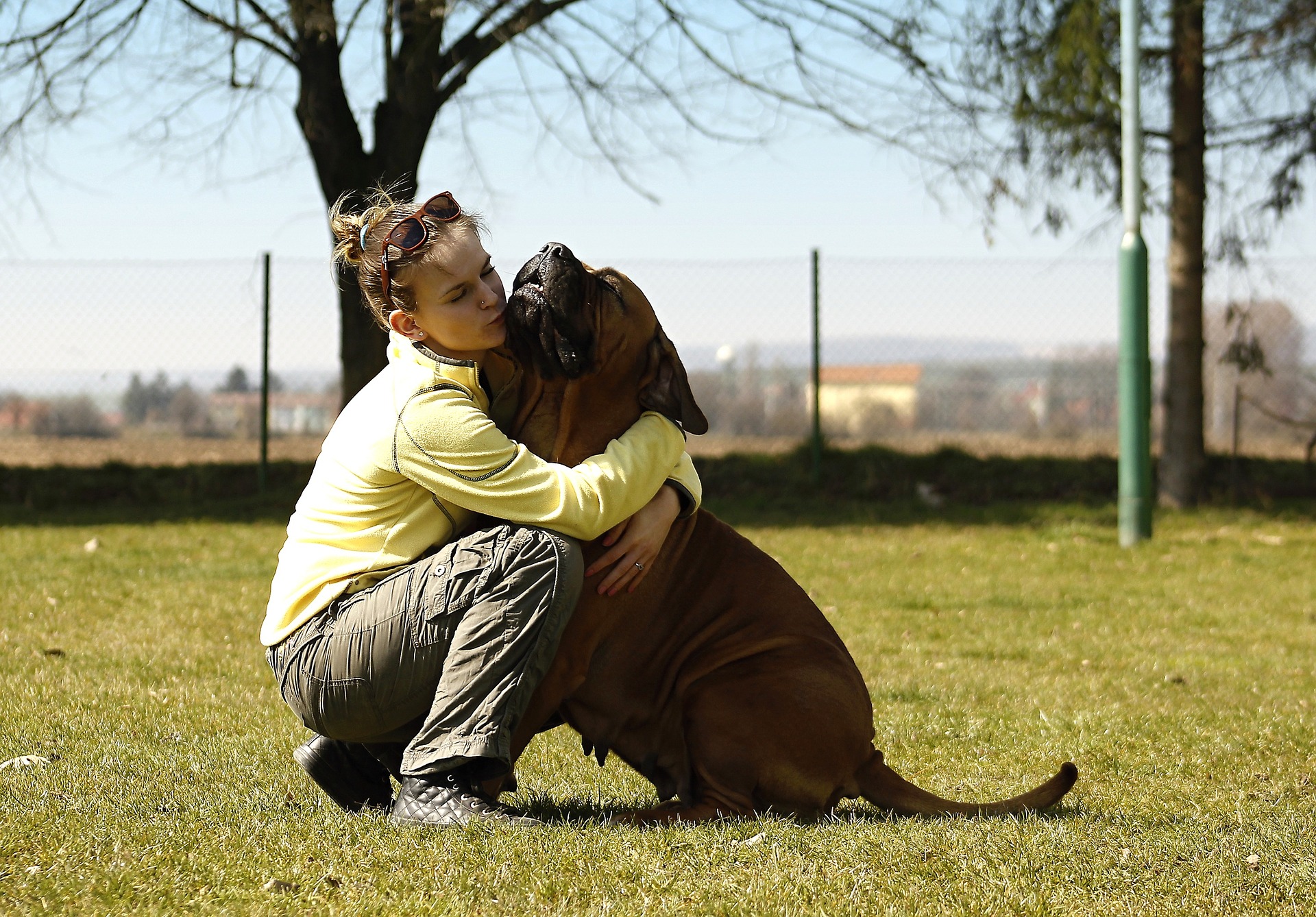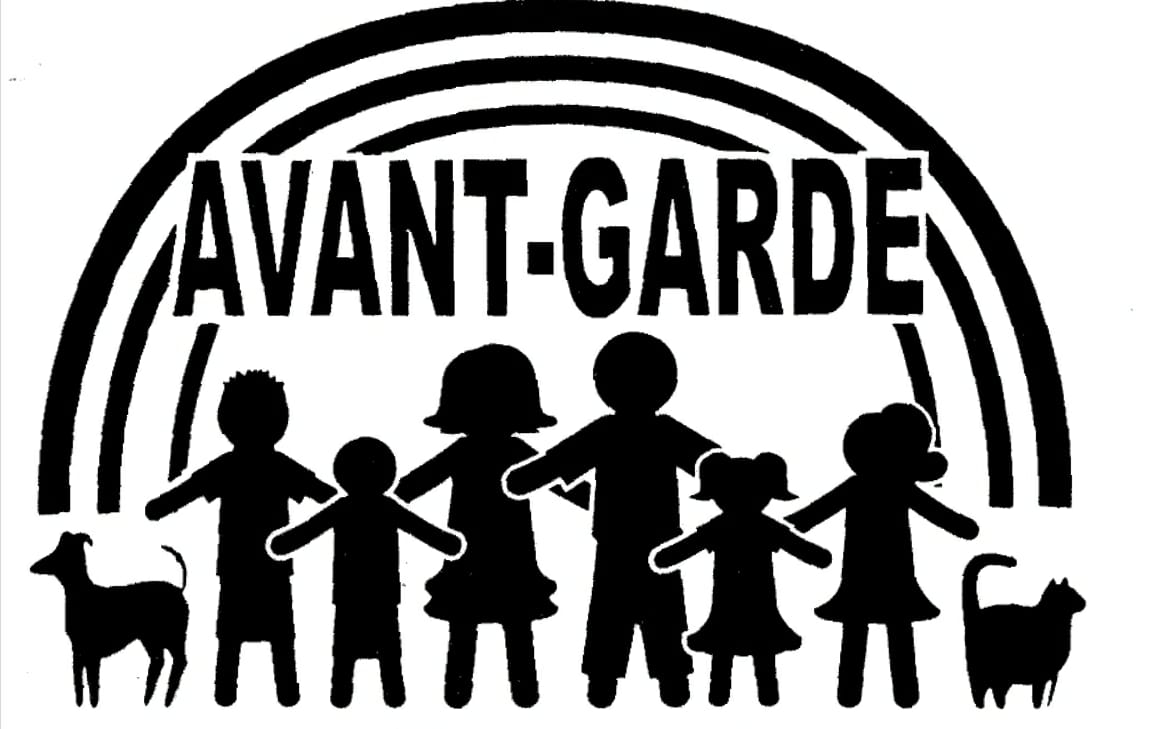
Whether you’re considering becoming a foster resource parent or considering adding a pet to your foster home, a family pet can be a great addition. There are several things to consider before mixing kids and pets, especially when the kids are coming from difficult circumstances.
Benefits of Having Pets

There are many benefits of having pets in the home. For example, a pet can:
- Offer unconditional love and acceptance. Your pet just loves you. It doesn’t care if you’re having a bad hair day or a bad attitude. There’s no judgement. It won’t make fun of you or spill your secrets.
- Alleviate stress. Studies show that pets help lower blood pressure and calm us.
- Be a good playmate. Walking the dog or running around in the yard, playing with your pet can offer some physical activity.
- Reduce loneliness. A pet is there when no one else seems to care. Having someone close is all you need sometimes.
- Provide physical comfort. Many pets are gentle and instinctively offer comfort to us when we’re feeling bad.
- Teach responsibility for caring for another. This increases a child’s self-worth.
- Teach empathy. Caring for a pet requires considering another’s needs and acting on it. For example, the child must learn not to annoy the pet.
- Improve a child’s verbal skills. Reading to a pet can be a great way to learn to read and speak better. Your pet is a non-judgmental audience.
- Teach non-verbal skills. Pets have a way of communicating. Learning their language is important and a valuable life skill.
Risks and Concerns

Children exposed to domestic violence have a much higher likelihood of abuse toward animals. Sexually abused children might even act out sexually against a pet. It’s important to protect your pets from harm, just as it is to protect the children in your care.
Very young children, or children with poor impulse control may unintentionally harm an animal resulting in the pet naturally reacting with a bite or scratch. The child and pet may both experience a bad outcome.
Children with allergies may suffer as a result of a reaction to the pet. Medications can help, but may have undesirable side affects such as drowsiness or interaction with other medications the child takes. Disrupting a placement is an extreme action and should be avoided, so this is an important consideration.
A child may experience additional feelings of loss. When a child has to leave your home, there will be some sadness, naturally. Saying goodbye to a loved pet is always difficult, but that doesn’t mean it wasn’t worth it. And sometimes pets die. Dealing with death is an important aspect of life that can’t really be avoided, but just be prepared for this reality. View it as a teaching moment.
Alternative Pets
When we consider pets, we’re usually thinking of cats and dogs. But there are many other options when allergies, busy schedules, or other concerns make cats and dogs a poor choice. Consider the benefits you want to accomplish and the limitations for your family’s home and lifestyle.
Horses – There are tremendous benefits to introducing a child to horses. You don’t have to own one though. There are many options available for lessons, etc. Read more about the benefits here…
Reptiles – Lizards, tortoises, and other reptiles can be a great option. They are unlikely to create allergies, they’re small, and fairly low maintenance.
Rodents – A rat, mouse, or hamster is a small, easily contained pet. They require careful handling, but can be a lot of fun. Rats are quite smart and have very distinct personalities. A guinea pig is a larger rodent with a big personality.

Fish – From a simple gold fish bowl to a large sea water aquarium, fish offer a wide variety of options. It can be very calming to watch fish. Their care is fairly basic. This is a good option when allergies are a problem. While they aren’t good for the cuddles or a walk in the park, they can still offer many of the other benefits.

Birds – While birds are very pretty and not too hard to care for, they can be noisy and a bit unfriendly. Birds are entertaining to watch, especially if there are two or more to interact with each other. They require gentle handling.
Farm animals – If you have the space, raising farm animals such as goats or sheep, can be a tremendous teaching environment for children.

You may discover more than what is listed here. The most important thing is that you do your research and learn the proper care and feeding of any pet you select. Having the child/ren help with this will demonstrate how important it is to care for the pet properly while building research skills.
Home Safety
Foster children should be closely supervised, but where animals are involved, there must be constant supervision. A child should never be left alone with a pet until there has been a significant amount of time and trust built between them.
When doing your home study, your social worker will take into consideration all aspects of the safety of your home, including the pets. Having pets will not prevent you from being approved, but some dog breads do raise concerns.
As an agency, naturally our concern is always for the children first. Prepare your home in a way that the needs of the children are met and your pets do not raise a safety issue, and you should have no problem.
We hope you find just the right pet for your foster home so that all animals and children can benefit and be safe in the process.
Article written by Cindy White Horvath. Cindy can be reached at cindy@avgffa.org


